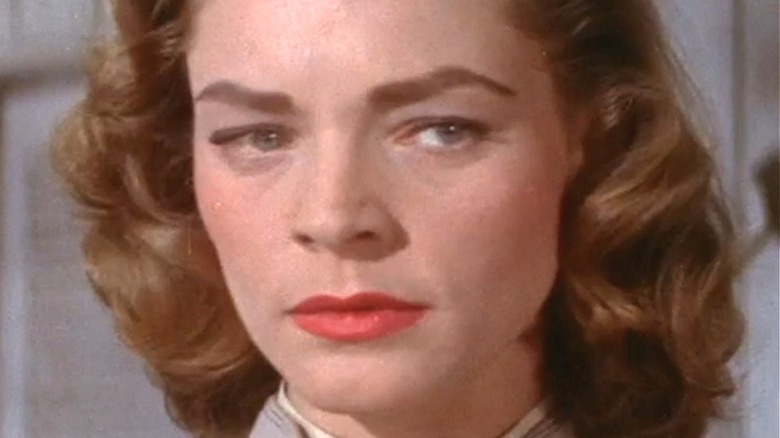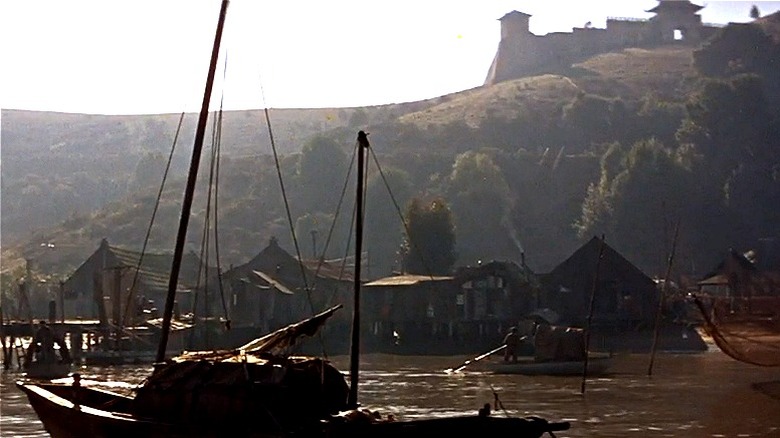This Is Where Blood Alley Was Actually Filmed
Based on the novel of the same name by Albert Sidney Fleischman, the 1955 film "Blood Alley" tells the story of an American merchant who is thrown into a prison after having his ship seized by Chinese communists. With the help of Chinese villagers, he must make a daring escape. The film stars John Wayne, Lauren Bacall, Paul Fix, Joy Kim, and Anita Ekberg, who won a Golden Globe for most promising female newcomer.
Ekberg's award was the most acclaim the film would receive. During its initial release, the film received lukewarm reviews at best. An original review from The New York Times read, "'Blood Alley,' despite its exotic, oriental setting, is a standard chase melodrama patterned on a familiar blueprint."
Nowadays, the film is not remembered especially fondly (with a 40% score on Rotten Tomatoes) owing to its blatant anti-communism propaganda messages and problematic depictions of Chinese people (including casting white actors as several Chinese characters). Nevertheless, films like this offer an uncomfortable yet important window into a less-sensitive time that we can still learn from today. And one of the things we can learn from the film is where it chose to set its so-called "exotic" locations.
Blood Alley was entirely shot in California
Despite the intent of "Blood Alley" being to showcase John Wayne's treacherous fight to escape China, the film was entirely shot in California. More specifically, the film was shot on location in various California cities, including the Sacramento River, San Francisco Bay, Sausalito, Stockon, and San Rafael.
San Rafael was the film's most prominent shooting location, as the village was set at what was then called China Camp Village. According to Friends of China Camp, the area once thrived as a refuge for Chinese immigrants, who made a living as shrimp fisherman in the San Pablo Bay. The area's population dwindled following the U.S. government's persecution of Chinese immigrants through the late 19th and early 20th centuries. The film's use of the location, including the above pictured Rat Rock, renewed interest in the camp. Some of the remaining residents were even cast as extras. The California Department of Parks and Recreation now maintains the historic site as a park that offers ample hiking, picnicking, and boating activities for visitors.
The film was released under John Wayne's production company, Batjac Productions, which would go on to produce various Westerns, including "The War Dragon" and Academy Award best picture nominee "The Alamo." Originally, Robert Mitchum was set to star in the lead role of "Blood Alley," but he was fired by director William A. Wellman following alleged conflicts with the crew, and personal misconduct (via AFI Catalog).

